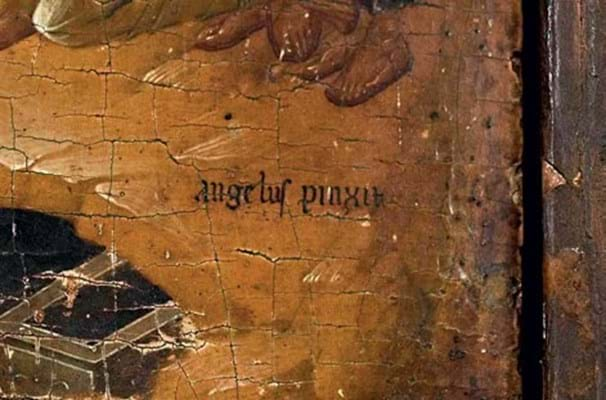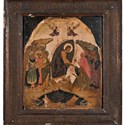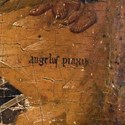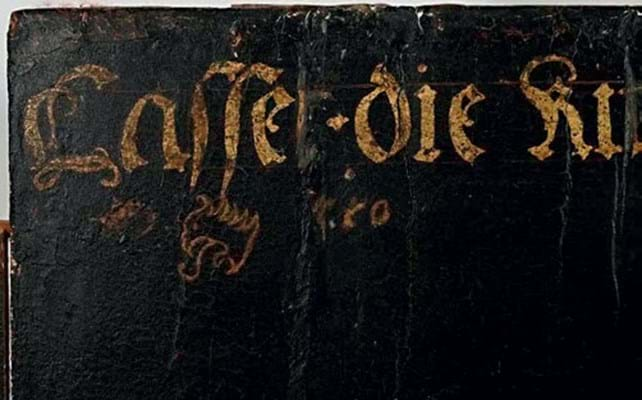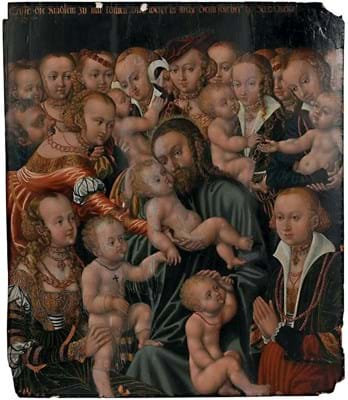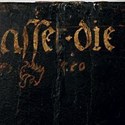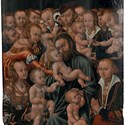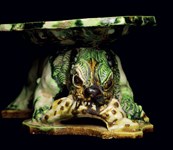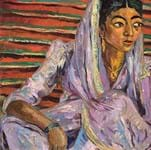Until now, only 22 icons were known by Angelos Akotantos, an artist working in 15th century Crete, then a territory of Venice. El Greco was among those influenced by his paintings. This new discovery, measuring 15 x 13in (38 x 31cm), painted on linen in egg tempera with gold leaf and laid on panel, depicts Christ’s Descent into Hell (Anastasis or Voskresenie Christovo).
Scholar and author on Angelos, Maria Vassilaki said: “This is a completely unknown icon by Angelos Akotantos, whom I qualify as a Byzantine painter working in Venetian Crete in the second quarter of the 15th century (1425-50).”
She said that the Latin (rather than Greek) signature Angelus Pinxit is particularly unusual: only one other icon, Christ Man of Sorrows held by the Museo Correr in Venice, is also signed this way – perhaps suggesting both were made for Italian clients.
It had some condition issues (some retouching and extensive craquelure) but estimated at $10,000-15,000, took $120,000 (£92,000).
Christ blessing
From the same source was a mid- 16th century German oil on panel depicting Christ blessing the children signed with the initials HB and a griffin head. Unframed, it measured 3ft 6in x 3ft (1.07m x 92cm).
The artist is unknown – and simply dubbed Master HB of the Griffin Head on the account of a distinctive signature – but was probably a workshop assistant of Lucas Cranach the Elder (1472-1553).
This multi-figure composition draws inspiration from Cranach, who created at least two versions of this subject (in 1537 and 1538). As well as the signature, it is dated indistinctly and inscribed in German with the famous verse from Matthew 19: Let the Children come to me, forbid them not, for such is the Kingdom of God.
This is only the third signed and documented work to emerge – the others are in the cathedral museum in Mainz and the Louvre, Paris. Helen Smith-Contini of the Cranach Digital Archive aided with the research.
The panel was warped and displayed several episodes of repair and restoration including some possible trimming at left and right edges. Estimated at $80,000- 120,000, it sold at $160,000 (£123,000) to an American private collector who plans to have it restored.
Foliage ‘master’
As reported in last week’s issue (ATG No 2382), Freeman’s (25/20/12% buyer’s premium) in Philadelphia sold a rare Flemish devotional painting consigned by New York University for $2.05m/£1.58m on February 27.
The small oil on panel depicting the Virgin and Child was one of only a dozen pictures by a Brussels workshop active c.1480-1510 known only by the moniker Master of the Embroidered Foliage.



